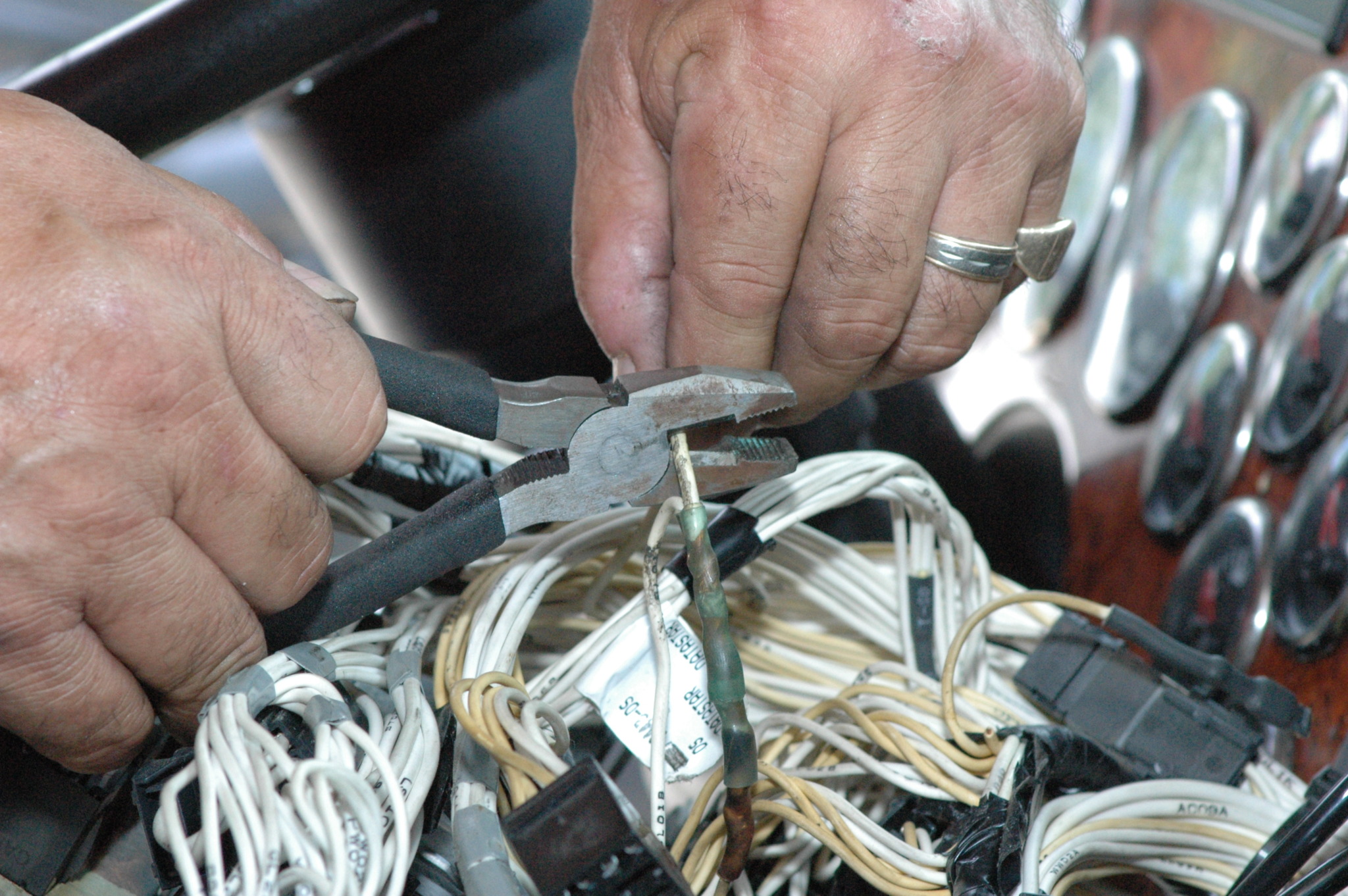Optimize systems with specialized mechanical system optimisation support.
Optimize systems with specialized mechanical system optimisation support.
Blog Article
Top Tips for Effective Electric System Troubleshooting
Repairing electrical systems calls for a methodical method, grounded in a comprehensive understanding of electric principles and security protocols. The subtleties of efficient troubleshooting prolong beyond plain technical expertise; comprehending exactly how to record searchings for and prioritize safety and security can substantially influence outcomes.
Understand the Essentials
Comprehending the fundamentals of electrical systems is important for effective troubleshooting, as a strong structure permits professionals to diagnose and deal with issues more effectively. A comprehensive grasp of electrical principles, such as voltage, present, resistance, and power, is crucial in identifying the source of issues. Voltage is the electric potential distinction that drives current through a circuit, while resistance opposes the circulation of existing, affecting the overall functionality of the system.
Familiarity with circuit elements, consisting of resistors, capacitors, diodes, and switches over, is also paramount. Each element plays a distinct function in circuit behavior and can influence performance when malfunctioning. Additionally, understanding collection and identical circuit configurations is important, as these setups affect the distribution of voltage and current within the system.
Specialists must be mindful of prospective dangers, such as shock and brief circuits, to apply safe troubleshooting practices. By mastering these fundamental ideas, specialists enhance their ability to carry out efficient diagnostics and fixings, ultimately leading to enhanced performance and integrity of electrical systems (electrical system troubleshooting).
Gather Necessary Devices
Effective troubleshooting of electric systems needs the right set of tools to detect and settle issues precisely. A fully equipped service technician can considerably improve performance and efficiency in determining troubles. Essential devices consist of a multimeter, which gauges voltage, current, and resistance, allowing for accurate evaluations of electrical components. Secure meters are additionally useful for gauging existing without separating the circuit, making certain safety and comfort.
In addition, shielded hand devices such as screwdrivers, pliers, and wire pole dancers are vital for securely adjusting electrical connections. It is also advisable to have a circuit tester on hand to validate the visibility of voltage in outlets and cords. For even more facility systems, a thermal imaging camera can assist find overheating parts, suggesting potential failings.

Comply With an Organized Technique
Having collected the proper devices, the next action in fixing electric systems is to follow a methodical approach. A methodical strategy makes sure that service technicians can determine faults effectively and precisely, decreasing downtime their website and preventing unnecessary repairs.
Begin by examining the system's schematic diagrams and specs. Recognizing the design and operational criteria will certainly give context for identifying issues. Next off, separate the problem location by utilizing a process of elimination. This entails monitoring each component systematically, beginning with the source of power and find more info functioning towards the tons.
Use screening tools, such as multimeters and oscilloscopes, to collect objective information concerning voltage, existing, and resistance at numerous factors within the system. This empirical proof will lead your troubleshooting initiatives and help to confirm or get rid of prospective root causes of failing.
Additionally, think about environmental aspects that may affect the system's performance, such as temperature changes or wetness access. A comprehensive examination of wiring, links, and components will certainly ensure that all opportunities are represented.
Paper Your Searchings For
Detailed paperwork is crucial in the troubleshooting process of electric systems. This technique not only aids in recognizing the root cause of the problem yet likewise serves as a reference for future troubleshooting initiatives.

Additionally, maintaining a log of parts changed or fixings carried out is very useful. This details sustains stock management and can aid analyze the long life and integrity of specific components.
Inevitably, the paperwork process need to be complete yet concise, enabling simple access and review - electrical system troubleshooting. By prioritizing detailed documents, specialists can create a beneficial data base that not only aids in present troubleshooting however additionally equips future upkeep initiatives, thereby enhancing general system dependability

Prioritize Precaution
Identifying the fundamental dangers related to electrical systems is crucial for guaranteeing security throughout troubleshooting. Electrical shock, burns, and equipment damage are simply a few of the prospective dangers that technicians face. Focusing on precaution is not only a lawful responsibility yet likewise a moral important that safeguards both the specialist and the surrounding environment.
Before beginning any kind of troubleshooting task, specialists should wear suitable individual safety tools (PPE), consisting of protected handwear covers, shatterproof glass, and flame-resistant apparel. Ensuring that the workspace is dry and without mess can considerably lower the risk of crashes. It is anchor necessary to de-energize circuits prior to starting any work, validating that they are not live via the use of a multimeter or voltage tester.
Establishing clear interaction methods with staff member is also vital; this makes sure that everybody recognizes possible threats and the standing of the electrical system being dealt with. Last but not least, having an emergency situation reaction plan in location can prove indispensable in the occasion of an event. By focusing on precaution, technicians can successfully reduce risks and foster a more secure work environment.
Final Thought
Effective electric system troubleshooting relies upon a comprehensive understanding of basic principles and a methodical method. By gathering vital devices, sticking to methodical analysis methods, and carefully documenting findings, the repairing procedure becomes much more reliable and dependable. Prioritizing safety and security steps guarantees the health of people involved and the stability of the electrical system. Executing these methods will certainly improve the fixing experience, causing quicker resolutions and improved operational efficiency in electrical systems.
Report this page